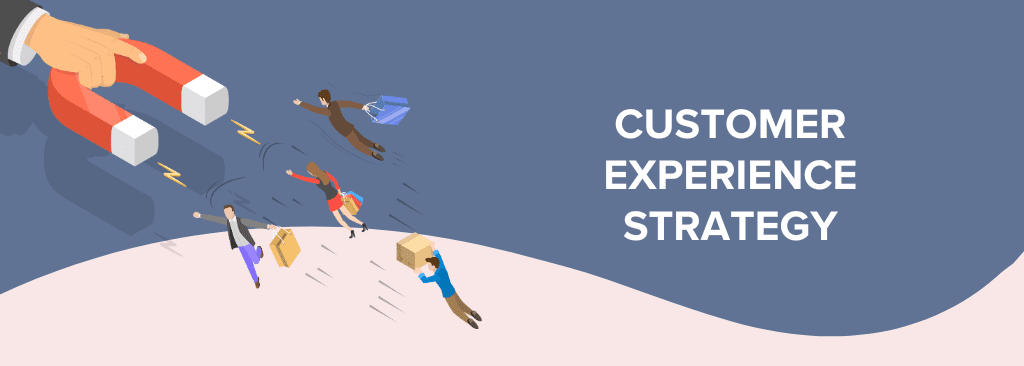Does Your Customer Experience Strategy Revolve Around Your Customers?
Elon Musk raised his Microsoft Customer Care complaint directly to Satya Nadella.
He recently tweeted that he had sent a message to Microsoft CEO Satya Nadella about a problem he was having with his new Windows PC.
Now, Musk had replied to a tweet made by Nadella on Microsoft’s latest acquisition. “Satya, I don’t mean to be a pest, but please allow people setting up a new Windows PC to skip creating a Microsoft account.
Besides, you need a personal email address, as Microsoft does not accept work email addresses.
What Does This Mean in the Customer Experience Context?
Elon Musk’s tweets shed light on a shared frustration faced by users when setting up new devices, particularly Windows PCs.
Let us break this down.
User Pain Point – Account Creation Hassles
Musk’s complaint about being unable to skip creating a Microsoft account when setting up a new Windows PC resonates with many users who find the process cumbersome.
Forcing users to create an account can lead to frustration, especially for those who prefer not to have another online account or primarily use work email addresses.
Balancing Convenience and Functionality
While Microsoft accounts offer valuable features such as OneDrive storage and app integration, the insistence on account creation at the outset can detract from the user experience.
Customers value convenience and simplicity, and being forced to create an account can create friction in an otherwise seamless setup process.
Are There Similar Instances Like These Otherwise?
Musk’s experience with Microsoft echoes similar frustrations voiced by users across various platforms and devices.
For instance, some smartphone manufacturers require users to create an account during device setup, which can be annoying for those who prefer to maintain their privacy or who want to get up and running quickly.
Similarly, multiple online services require users to create accounts before accessing content or features, leading to account fatigue among users with numerous online accounts to manage.
How Do You Improve the Customer Experience in a Frictionless Manner?
Organizations need to figure out how to improve the customer experience seamlessly and without friction.
Musk’s tweets highlight several key considerations. Here are a few:
User-Centric Design
Companies should prioritize user needs and preferences when designing products and services. Forcing users to create accounts or navigate through unnecessary steps can detract from the overall experience and lead to frustration.
Choice and Flexibility
Offering users choice and flexibility in interacting with a product or service is essential for a positive customer experience. Providing options to skip account creation or use alternative sign-up methods gives users a sense of control and empowers them to tailor their experience to their preferences.
Minimize Friction
The setup process should be as seamless and frictionless as possible. Any unnecessary steps or barriers can create friction and detract from the overall experience. Companies should strive to minimize friction points and streamline processes to enhance the user experience.
Transparent Communication
Clear and transparent communication is crucial in managing user expectations and ensuring a positive experience. Companies should communicate the benefits of creating an account or completing specific steps in an easy-to-understand and non-intrusive way.
Continuous Improvement
Customer experience is an ongoing journey, not a one-time event. Companies should continuously gather user feedback, monitor metrics, and iterate on their products and services to address pain points and improve the overall experience.
Let’s circle back to what truly matters: our customers. They’re not just transactions; they’re the heartbeat of our business. As we’ve explored, a customer experience strategy centered around them isn’t just a good idea – it’s the secret sauce for success today.
Let’s keep listening, keep learning, and keep putting our customers first. Because as the saying goes, “Customer experience is not a department; it’s everyone’s job.” And when we prioritize our customers, we’re building relationships that last a lifetime.
